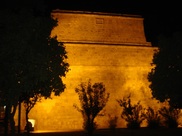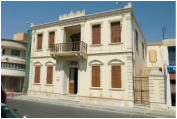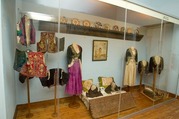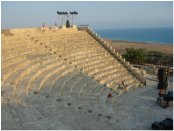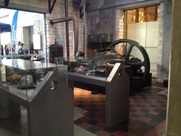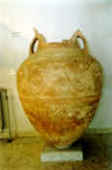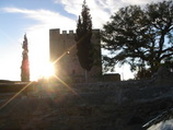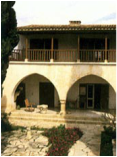Limassol - Lemesos
Places of Interest to visit!
Amathus Ancient Agora
One of the most important city - kingdoms of ancient Cyprus
Amathus Site of Ancient Agora |
One of the most important city - kingdoms of ancient Cyprus, Amathous is situated about 10 kilometres east of Lemesos (Limassol). According to mythology it was founded by King Kinyras and was also where Theseus left the pregnant Ariadne to be cared for after his battle with the Minotaur. It is difficult to establish exactly when the city was founded, but human presence dating back to around 1100 B.C has been traced in the Acropolis area. Over the centuries, Amathous fell victim to many conquerors (Persians, Ptolemies, Romans and Byzantines) until it was finally destroyed and abandoned in the 7th century A.D. as a result of the Arab invasions.
By the Archaic period, the city was fortified with strong walls that were further reinforced in the Hellenistic period. The southeast walls suffered serious damage from earthquakes in the 4th century. The sections defending the Acropolis were rebuilt under Justinian (527 - 565 A.D.). Later, the southeast walls were rebuilt while the north and east sections were restored in the face of the Arab threat in the 7th century. The city of Amathous developed on two levels – the lower and the upper city (Acropolis). Excavations have brought to light the Agora complex with the stoae (covered walks), baths and other adjacent buildings, four basilicas, the sanctuary of Aphrodite, an aqueduct and the harbour, which nowadays lies under the sea level. Outside the walls lie the east and west necropolis. Note: Wheelchair accessible: only the lower town. |

